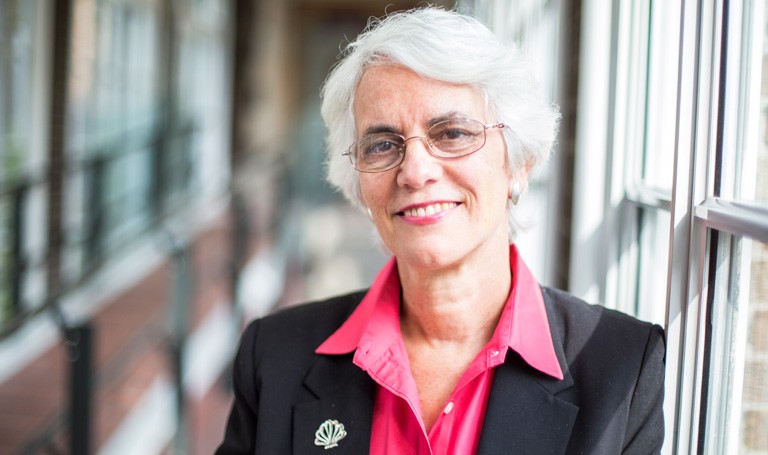Siblings can crack one another up like no one else, new Concordia study shows

With the holiday season upon us, many families are reuniting to celebrate. For siblings, such gatherings can bring about shared humorous moments based on family history.
You exchange a glance with your sister when the gravy is less than stellar or send a private message to your brother when Dad tells his favourite joke for the umpteenth time.
“Children are really funny, and they amuse each other. That’s what gave us the idea of looking at humour in a more organized, systematic way,” says Nina Howe, professor of education in the Faculty of Arts and Science and a Tier 1 Concordia University Research Chair in Early Childhood Development and Education.
Her paper on the topic, “‘Goosebump man. That’s funny!’: Humor with siblings and friends from early to middle childhood,” was co-authored with Amy Paine of Cardiff University in Wales and Howe’s MA student Victoria Gilmore, among others.
For decades, Howe has worked with colleagues to understand how children use humour.
 Nina Howe, professor of education in the Faculty of Arts and Science.
Nina Howe, professor of education in the Faculty of Arts and Science.
‘Your sibling is your sibling’
Her studies involved pairing four-year-olds with their older or younger sibling and a friend, and then following up when the main participants were seven. The children involved shared a close sense of humour and fun with their siblings, even when at times they would tease each other.
“They can call each other out in a humorous way, which they wouldn’t do with a friend,” Howe says.
Unsurprisingly, some of the most popular children’s humour involved ‘taboo’ subjects such as farts, burping and others guaranteed to raise parents’ eyebrows.
Howe has observed anecdotally these patterns carry on into adulthood, which is part of what makes the sibling bond so strong.
“There’s a lot more leeway in the sibling relationship, because your sibling is your sibling,” she says.
For parents with younger children, the holiday period provides a rich opportunity to encourage play and for siblings to bond.
“Allowing them to be silly, encouraging them to play with language or just engaging in humour tells them, “Hey, it’s okay to be silly!”
Read the cited paper, “‘Goosebump man. That’s funny!’: Humor with siblings and friends from early to middle childhood.”


